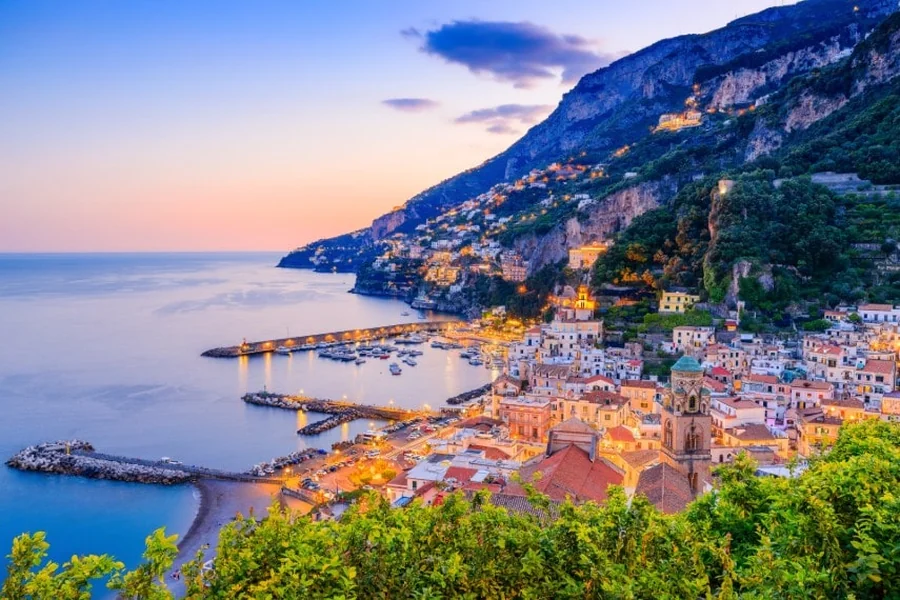Italy’s islands have always been icons of beauty — Capri, Sicily, Sardinia — but beyond the well-trodden routes, there exists a different side to the country’s archipelagos. These are the lesser-known, quieter corners where traditions endure, landscapes remain unspoiled, and travelers in search of authenticity and tranquility can still feel like explorers.
As 2025 approaches, Italy’s hidden islands are set to become the choice for those seeking nature, culture, and exclusivity without the crowds. These are some of the most captivating island gems to put on your radar.
1. The Egadi Islands
While Sicily draws global attention, the Egadi Islands off its western coast remain a well-kept secret. Composed of Favignana, Levanzo, and Marettimo, these islands offer rugged cliffs, crystalline waters, and a slow pace of life that feels worlds away from mainland Italy.
Favignana is best explored by bicycle, its coastline dotted with hidden coves and ancient tuna fisheries. Levanzo, the smallest of the three, is home to prehistoric cave art in Grotta del Genovese — a must for archaeology enthusiasts. Marettimo, the most remote, offers hiking trails and underwater caves perfect for snorkeling and diving.
These islands are ideal for those who value simplicity, wild nature, and time to disconnect.
2. The Pontine Islands
A short boat ride from the Lazio coast lies the Pontine Islands, a volcanic archipelago known for its dramatic cliffs, sea grottoes, and aquamarine waters. Unlike their southern counterparts, these islands have remained off most tourists’ maps, making them a favorite among locals and in-the-know travelers.
Ponza, the largest island, boasts pastel-hued fishing villages and rugged beaches reachable only by boat. Ventotene, steeped in Roman history, offers archaeological ruins and protected marine areas perfect for diving. With their laid-back charm and lack of mass tourism, the Pontine Islands are a refreshing alternative for summer escapes.
3. The Tremiti Islands
Off the coast of Puglia in the Adriatic Sea lie the Tremiti Islands, a small but striking archipelago often overlooked by international visitors. Composed of San Domino, San Nicola, Capraia, and two smaller islets, these islands are part of a protected marine reserve, making them a paradise for snorkeling and diving.
San Domino offers pine forests and hidden coves, while San Nicola is steeped in medieval history, with fortifications and a Benedictine abbey that dominate the skyline. The Tremiti Islands are particularly appealing for travelers seeking clear waters, unspoiled landscapes, and quiet beaches far from the tourist crowds.
4. The Islands in Maddalena Archipelago
Northern Sardinia may be known for luxury resorts, but just offshore lies one of Italy’s most spectacular — and wildest — island groups: the islands in Maddalena archipelago.
This protected national park is made up of over 60 islands and islets, characterized by granite rock formations, pristine beaches, and turquoise lagoons. Only the main island, La Maddalena, is inhabited, while islands like Spargi, Budelli, and Caprera offer untouched beaches and hiking trails.
With their crystal-clear waters and preserved nature, these islands are perfect for sailing, kayaking, or simply escaping to a corner of Sardinia that feels untouched and authentic.
5. Pantelleria
Closer to Tunisia than mainland Italy, Pantelleria is one of the country’s most unique islands. Formed by volcanic activity, its landscape is defined by black lava stone, dramatic cliffs, and thermal springs.
Known for its caper fields, vineyards producing Passito di Pantelleria wine, and traditional dammuso stone dwellings, the island offers a rugged alternative to beach resorts. For wellness seekers, natural hot springs and mud baths provide a rare connection to nature, while the coastline is best explored by boat.
Italy’s hidden islands offer more than beauty — they offer peace, authenticity, and the chance to explore a side of the country still untouched by mass tourism.
Because sometimes, the greatest treasures are the ones you have to search for.

